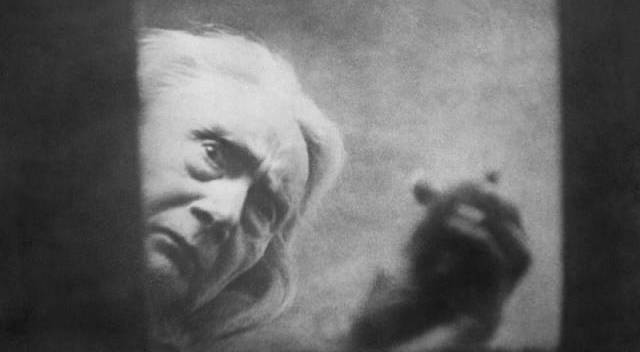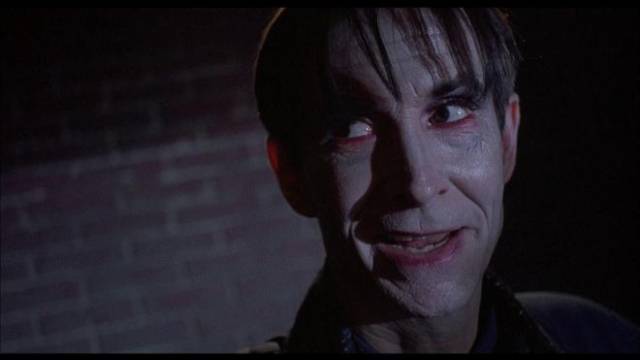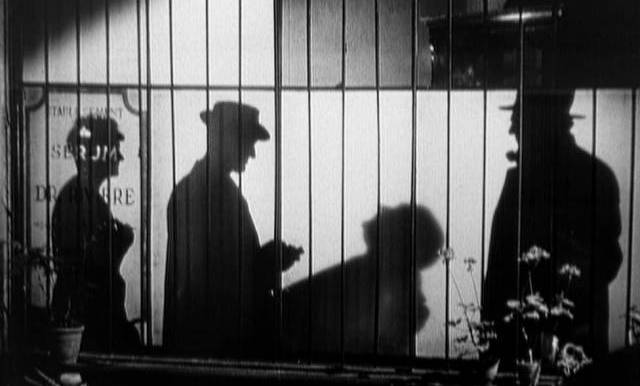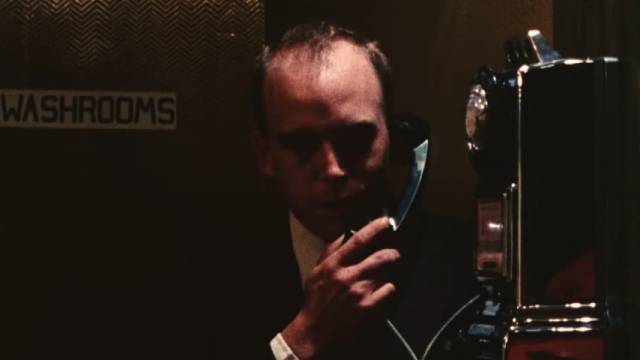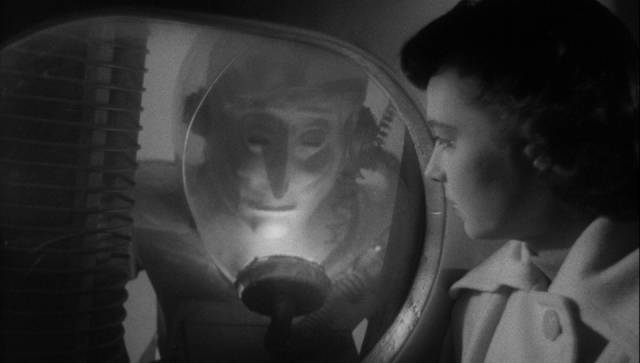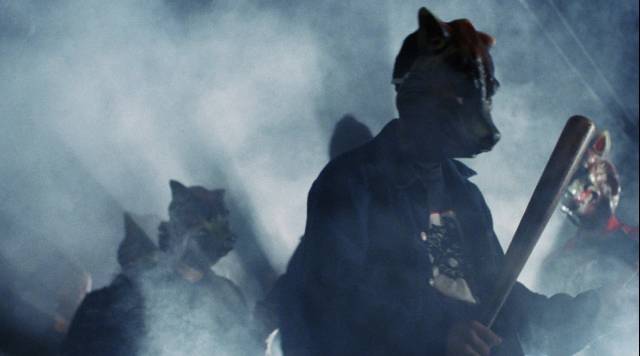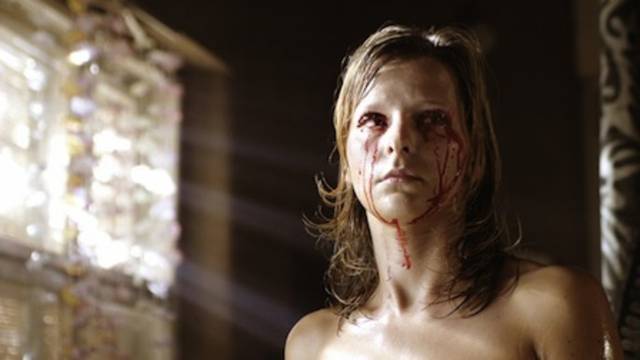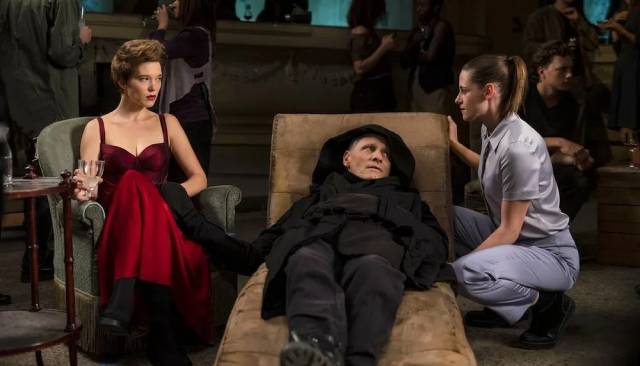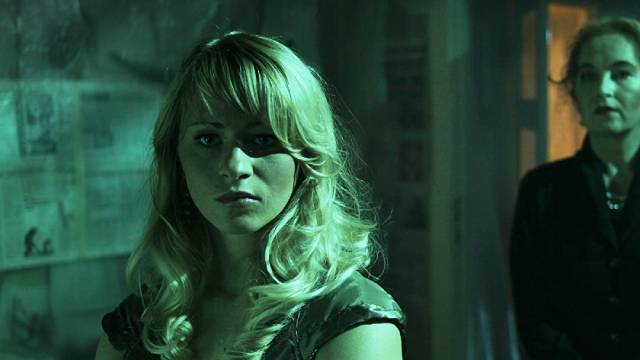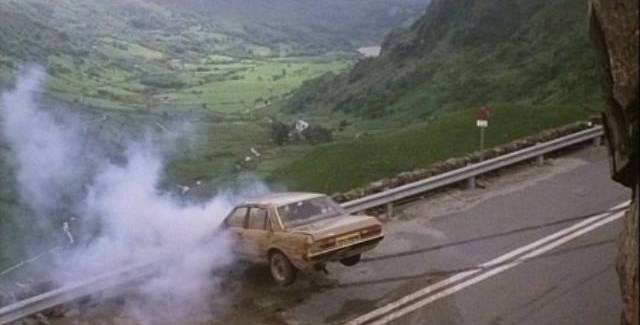
Two recent BFI Flipside releases unearth an odd assortment of movies from the fringes – the standalone feature The Appointment (Lindsey C. Vickers, 1981) and volume 2 of the Short Sharp Shocks anthology series which includes the allegorical horror of Ian F.H. Lloyd’s The Face of Darkness (1976), a mix of crime and ghosts in John Gillings Escape from Broadmoor (1948), horror as feminist thesis in The Mark of Lilith (1986), the proto-music video Jack the Ripper with Screaming Lord Sutch (1963), a couple of unsettling PSAs and other ephemera.
